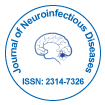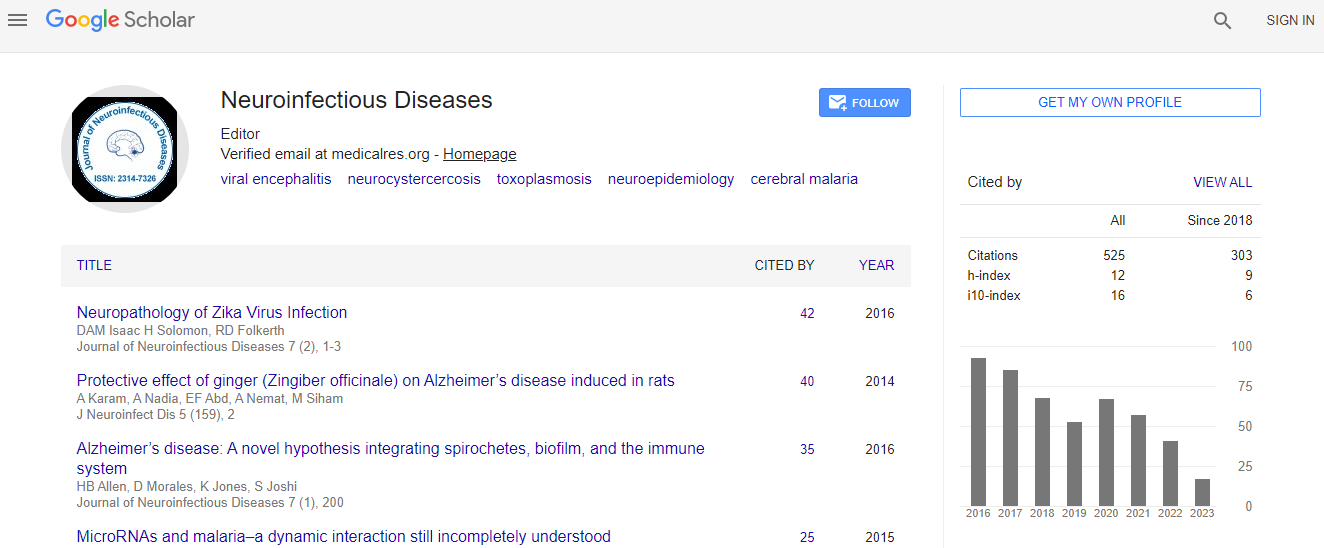Review Article
Histoplasmosis of the Central Nervous System
David Trofa1 and Joshua D. Nosanchuk2,*
1School of Medicine, Tufts University, 136 Harrison Avenue, Boston, MA 02110, USA
2Department of Medicine (Infectious Diseases) and Department of Microbiology and Immunology, Albert Einstein College of Medicine, Bronx, NY 10461, USA
- *Corresponding Author:
- Joshua D
Department of Medicine (Infectious Diseases)
and Department of Microbiology and Immunology
Albert Einstein College of Medicine, Bronx
NY 10461, USA
E-mail: josh.nosanchuk@einstein.yu.edu
Received Date: 4 June 2012 Revised Date: 2 August 2012 Accepted Date: 7 August 2012
Abstract
Histoplasmosis of the central nervous system (CNS) is not an uncommon complication of Histoplasma capsulatum infection since it occurs in ∼2% to 20% of disseminated cases. CNS histoplasmosis carries a mortality rate that ranges from 11.1% to 100%, and the risk factors for dissemination to the brain have yet to be determined. Diagnosis is often difficult and time consuming, which can result in delayed initiation of treatment. The recommended treatment for CNS histoplasmosis involves a high dose liposomal amphotericin B followed by maintenance azole therapy, usually for at least a year; however no comparative trials have been performed to prove efficacy of one regimen over another. Further, prospective and in vivo studies are necessary to more effectively combat this disease.

 Spanish
Spanish  Chinese
Chinese  Russian
Russian  German
German  French
French  Japanese
Japanese  Portuguese
Portuguese  Hindi
Hindi 
